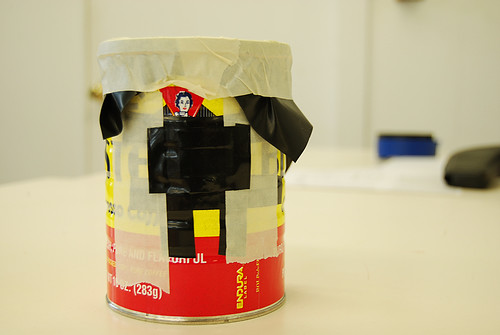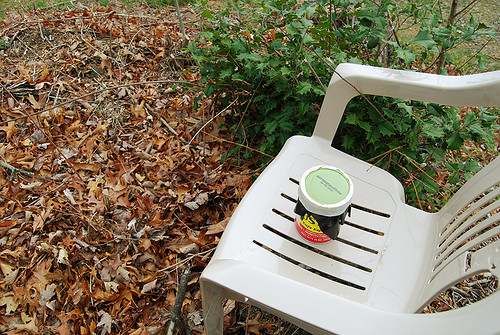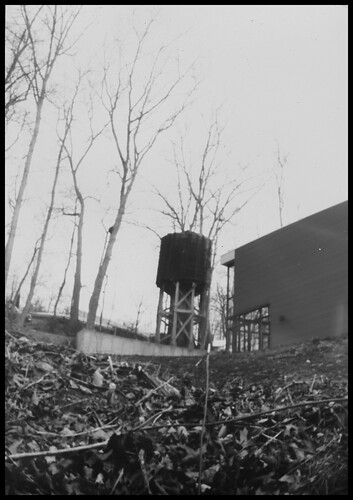Day One at Penland
I woke up around 5:30 this morning when my neighbor, who I share a bathroom with, got up to shower. I never really got back to sleep. I finally rolled out of bed around 6:00 and showered. Breakfast is not until 8:00, so after getting dressed, in layers, I got out my laptop.
Before I left home, I copied my picture archive onto my laptop, so I would have access to all my digital images in class. I have about 10,000 images, but I suspect many of them are not worth having with me. There are lots of kid photos, which have sentimental value, but other than that, it is hard to say. There are really only a handful of photos that I would do anything with, but you got to have options. I just don’t ever delete photos.
I am really excited about this class. As I have made my transition to digital, I am really interested to go back to the basics of photography (through the pinhole process) and thinking about things differently. I need to shake up my creativity, and the lack of control of pinhole may be just the thing. I have always enjoyed the darkroom, so I am also looking forward to exploring other printing processes. I like the idea of taking a clean image and messing it up with a physical process. Many of these techniques are now easily replicated in photoshop, but it just isn’t the same.
We started the day by making pinhole cameras. I used a Cafe Bustelo coffee can, so all my pinhole photos were powered by coffee. A pinhole camera works on the same basic principle of light as your eye and any camera. The light reflects off your subject, travels in a straight line, through the hole onto the photographic paper or film in the camera. The photography side of things are based on the size of the hole (aperture) and distance to the film or paper. From these you calculate the f-stop and exposure. This gives you a general ballpark, and you shoot test exposures to determine the actual exposure for your camera.
Most exposures are calculated for bright sunshine. This gives you the sharpest photos. It was cloudy this first day, so our exposure time was longer. I was shooting paper negatives and my exposure time was about 20 seconds.
Each camera needs to be light tight, but you also need to be able to load and unload your paper or film. This is done in the darkroom (or a dark room). After loading your camera, set the camera down in front of your subject, uncover the pinhole for the determined amount of time, and cover it again. Then it’s back to the darkroom to process your image. If you are doing this in the field, or while traveling, you need a black changing bag and somewhere to keep your exposed negatives until you return. Pinky, our instructor, told us about her trips to Mexico and her darkroom setups in a closet including pitchers with her chemicals, rather than the more traditional approach of trays.
My exposures were pretty consistent in the morning while it was overcast, but the light was constantly changing in the afternoon. This made it hard to get a decent exposure. One of the first things you learn about pinhole cameras is that you must relinquish control. Until you understand how the camera frames things, you cannot control the composition of the photos. Until you learn the exposure times (based on light and paper), you can’t just change a setting. And finally, there is no focus, but pinhole have a wide depth of field, so the foreground and the background are in focus.
So the afternoon was very frustrating as I struggled with overexposed and underexposed pictures. And you only know this after processing the paper negative and looking at it in the light. This means that it is many 10-15 minutes between shots, so the light changes from one shot to the next. I was also having a lot of trouble framing the photos the way I wanted them. But once I remembered that this was part of the point, I needed to just keep trying and accept what I got. I changed paper sizes to get a more panoramic look, and this completely changed what got in the frame.
As the afternoon was winding down, we were all getting pretty tired. I planned to take one more photo before calling it a day. I had been trying to get a panoramic shot of the mountains, and I just couldn’t get it. I was going to be done whether the photo worked or not, and due to luck, karma, or just the mountain air, I got a great image. See it in the post below.



